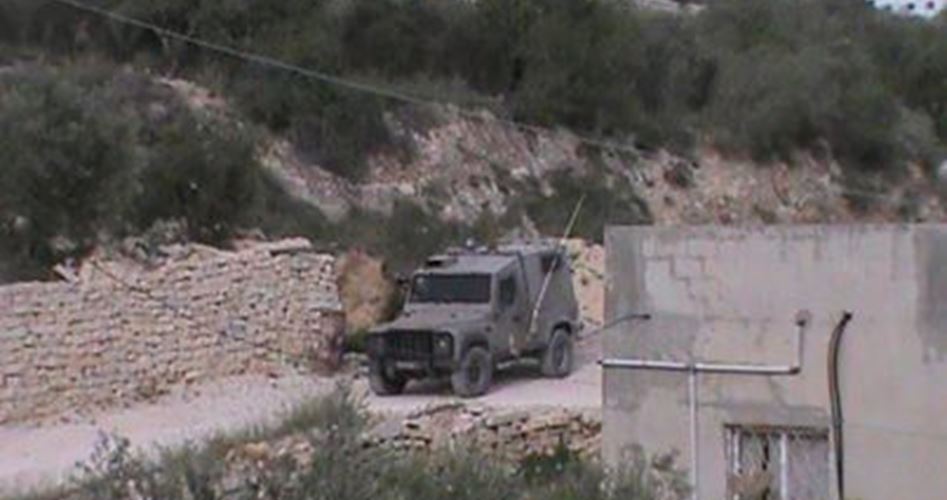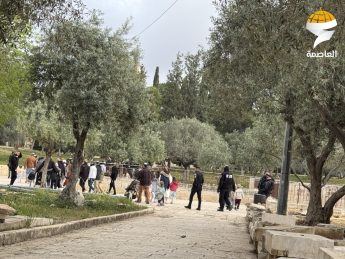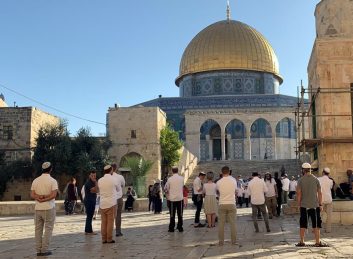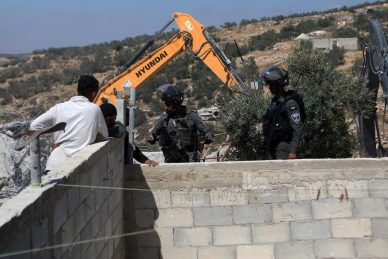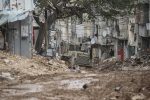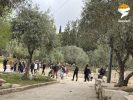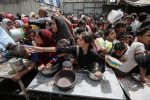Israeli police forces on Monday morning surrounded a Palestinian-owned home in Occupied Jerusalem’s neighborhood of Sheikh Jarrah as a prelude to demolish it.
Local sources affirmed that Israeli police forces accompanied by municipal crews forced their way into the neighborhood and surrounded a local house belonging to Mahmoud Salhia.
Last December the Israeli occupied authorities issued an order to evict Mahmoud Salhia’s house as a prelude to grab his land lot.
The Israeli municipality handed over the eviction order to Mahmoud Salhia claiming the decision was issued for “public interest” aiming to establish schools on its ruins.
The eviction should be carried out by the family no later than January 25 the Israeli order read.
As a result 12 family members including nine children risk to go homeless.
The families set up roots in Sheikh Jarrah after they were forced out of their home in Ein Karem by Israeli militiamen in 1948.
The Israeli occupation authorities will also seize the family’s land lot covering an area of six dunums and which was bought by their father in 1967.
More than 500 Palestinians living in 28 houses in Sheikh Jarrah neighborhood are facing forced expulsion threats at the hands of settlement organizations backed by the Israeli government.
In a separate incident Israeli authorities threatened to impose heavy fines on the Palestinian Jamal Abu Najma if he did not self-demolish his own store in Occupied Jerusalem.
Jamal Abu Najma received a demolition order against his own store located in Sheikh Jarrah for being allegedly built without Israeli permit.
According to the United Nations only 13 percent of occupied East Jerusalem which Israel annexed following the 1967 war is currently zoned for Palestinian development and residential construction much of which is already built up.
Some 57 percent of all land in occupied East Jerusalem has been expropriated including from private Palestinian owners for both the building of illegal settlements and zoning of land as “green areas and public infrastructure”. The remaining 30 percent OCHA notes comprises “unplanned areas” where construction is banned.

